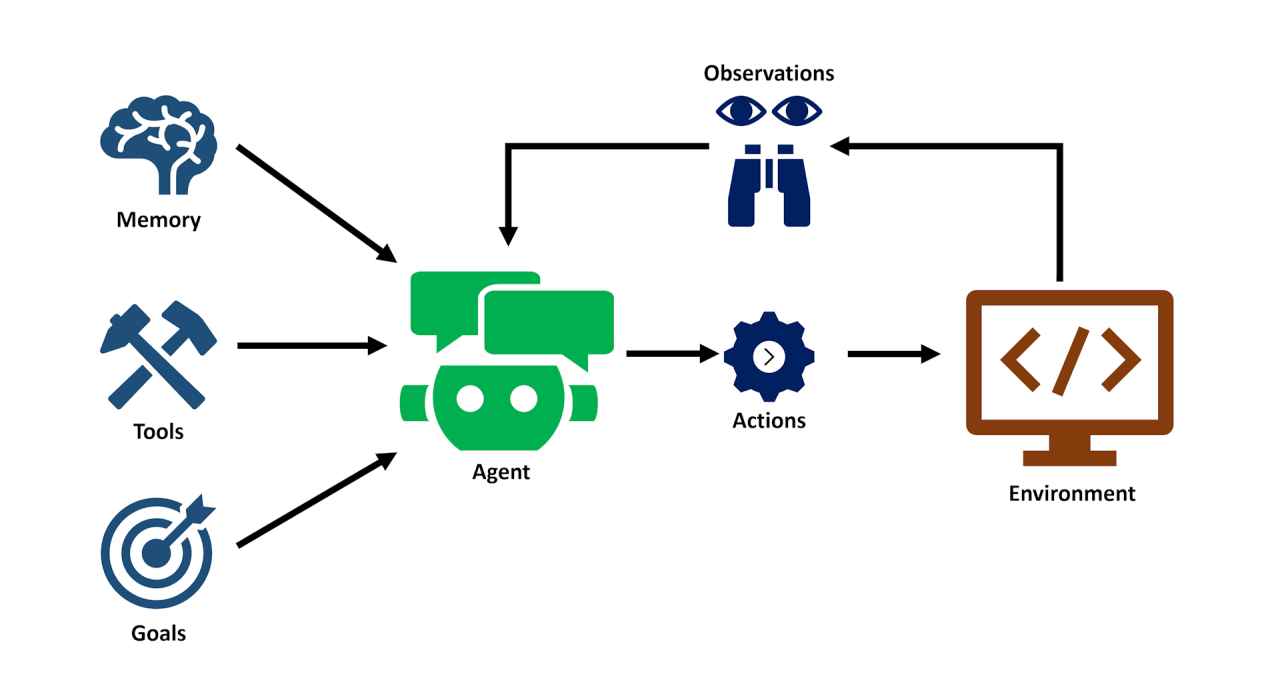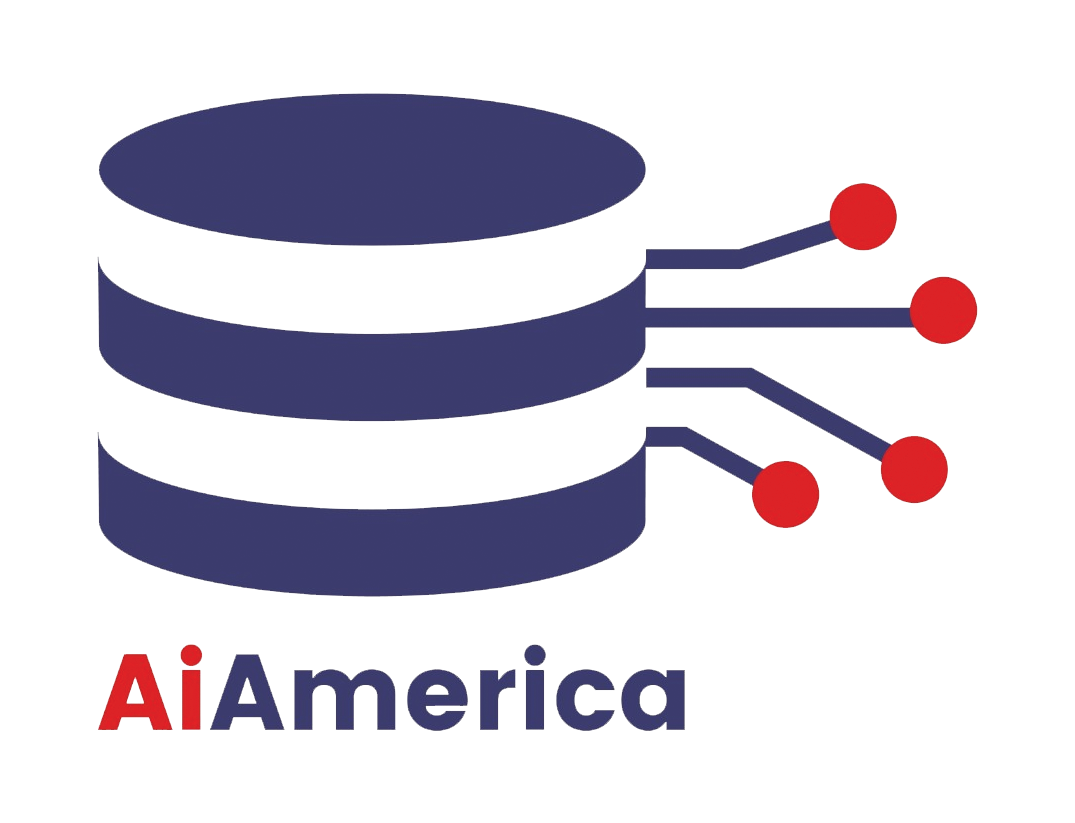
Agentic AI frameworks serve as the backbone for creating powerful autonomous AI agents capable of making decisions, collaborating, and executing complex workflows independently. These frameworks empower developers and businesses to focus on defining intelligent behaviors without rebuilding foundational capabilities from scratch.
This article dives deep into what agentic AI frameworks are, their key features, popular examples, and how to choose the best framework for your organization.
What Are Agentic AI Frameworks?
Agentic AI frameworks are specialized software platforms that enable the development, deployment, and management of autonomous agents. Rather than creating isolated AI models or scripts, these frameworks provide structured environments with built-in components such as memory management, reasoning engines, planning modules, tool and API integration, and monitoring.
Frameworks abstract low-level complexities allowing developers to define:
- Agent behavior and objectives
- Multi-agent orchestration
- Context tracking via memory
- Decision-making logic
- Tool invocations and workflows
- Performance monitoring and debugging
Their goal is to facilitate scalable creation of agents that operate independently and adapt dynamically, powering real-world autonomous applications.
Key Features Distinguishing Agentic Frameworks
Modular Design
Components such as perception, memory, reasoning, and execution are designed as modular, interchangeable units. This modularity allows easy customization, extension, and scaling—critical for complex enterprises requiring flexible AI workflows.
Multi-Agent Orchestration
Agentic frameworks support the seamless collaboration of multiple AI agents, each specialized for dedicated tasks but able to communicate and share context. This enables distributed intelligence for complex problem-solving and redundancy.
Advanced Reasoning and Planning
Rather than simple rule-following, agents built with these frameworks employ planning engines capable of strategic reasoning, action prioritization, and adaptive problem solving, integrating with large language models for natural language understanding.
Tool and API Integration
Agents interact with external systems through standardized APIs, enabling autonomous access to databases, business workflows, cloud services, and IoT devices, allowing agents to execute complex transactions and commands.
Monitoring and Debugging
Real-time monitoring, logging, and debugging tools ensure AI workflows remain reliable, auditable, and compliant with enterprise governance needs. Performance metrics guide continuous improvement.
Popular Agentic AI Frameworks
- LangChain: A widely adopted open-source framework for chaining LLM calls with retrieval, memory, and tool use. Ideal for rapid building of conversational and agentic AI workflows.
- CrewAI: Focuses on multi-agent orchestration with communication protocols and decentralized decision-making for federated AI ecosystems.
- AutoGen (Microsoft): Supports scalable agent development with templates, memory, tool integration, and compliance tooling.
- ARCADE: Emphasizes explainable agent reasoning with traceable decision chains for regulated industries.
- LangGraph: Offers workflow visualization and complex branching tailored for detailed agentic applications.
How to Choose the Right Agentic Framework
- Define Your Use Case and Complexity: Simple, single-agent tasks may only require frameworks like LangChain, while multi-agent systems benefit from CrewAI or ARCADE.
- Integration Requirements: Ensure the framework supports APIs and tools your enterprise uses.
- Compliance and Transparency: Heavily regulated sectors require frameworks with built-in auditing and explainability.
- Scalability: Consider the expected number of agents, data sizes, and concurrency demands.
- Community and Support: Active ecosystems accelerate development and troubleshooting.
Example: Using LangChain to Build Agentic AI for Customer Support
LangChain enables developers to embed retrieval from knowledge bases, maintain conversational memory, and chain multiple reasoning steps to handle complex customer inquiries autonomously. Agents can escalate cases beyond their scope seamlessly and update models via ongoing feedback.
Future Trends in Agentic Frameworks
- Support for multi-modal sensor integrations (vision, audio) for richer context perception.
- Enhanced trust features such as real-time governance, compliance verification, and bias detection.
- AI marketplaces where agents can be composed from reusable modular components.
- Low-code/no-code platforms to democratize agentic AI development.
Conclusion
Agentic AI frameworks are fundamental to the rise of autonomous digital agents that can learn, collaborate, and execute complex workflows independently. By leveraging these frameworks, businesses can scale intelligent automation, improve decision making, and safely innovate.
AI America will continue to highlight best practices, security considerations, and evolving frameworks as this critical technology matures.









